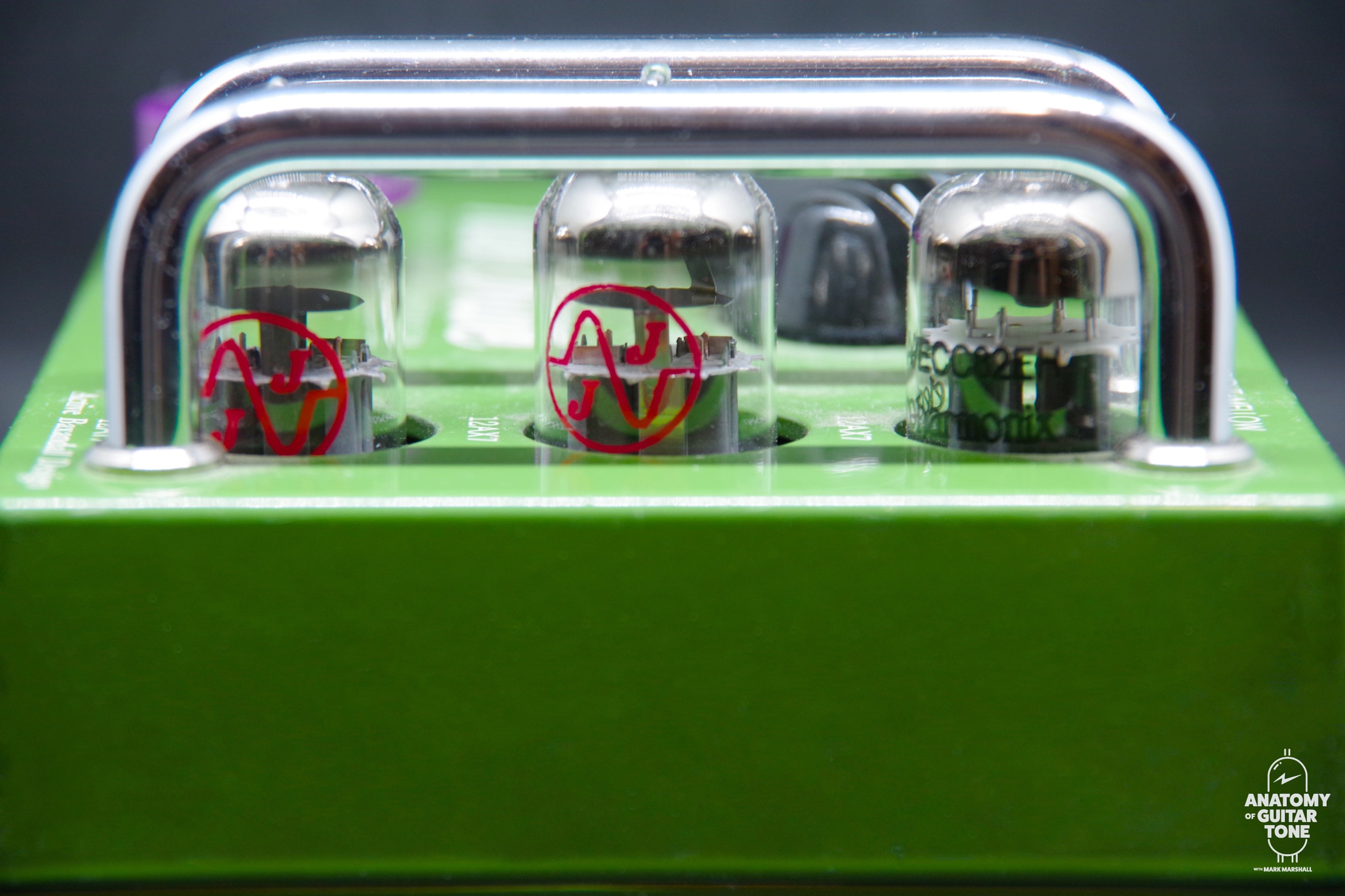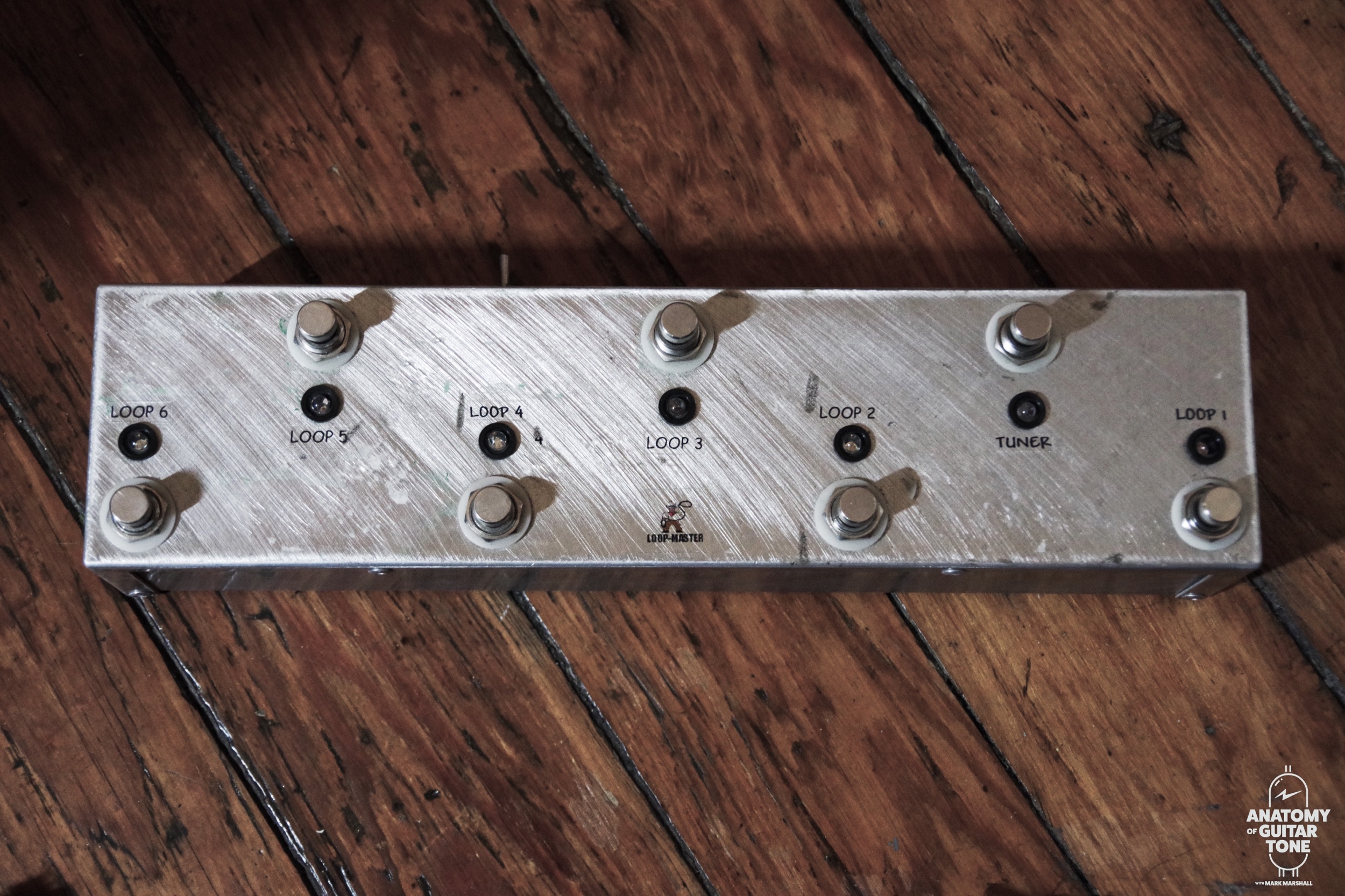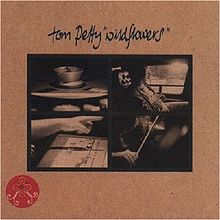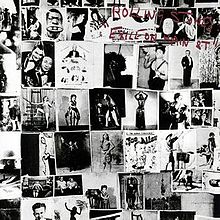Effectrode Tube Drive
There are so many overdrive/distortion pedals on the market and most say the same thing in their description: “Overdriven tube amp sound.” Yet, when I’ve played through many, they don’t actually sound like an overdriven amp. That’s not to say they sound bad. Some sound nice, but not really like a cranked tube amp.
I’ve been testing out Effectrode’s Tube Drive overdrive pedal for a few weeks now. I must say I’m impressed. I read up a little on the pedal before I received it. I knew that it runs at high voltage, which allows for more headroom.
“The Tube Drive leaves the low end intact.”
This was appealing to me. Part of my dissatisfaction with other pedals is that they’re too compressed.
When I first plugged in I was quite surprised. It didn’t cut any low end from my sound. I find that a lot of overdrive pedals filter the signal. The Tube Drive leaves the low end intact. It actually feels like a tube amp. It has that nice sag feel.
Background Check
Headstrong lil King Reverb miked with a Soyuz Bomblet
Since reviews are opinion-based, let me tell you a little about my background and tastes. I tend to prefer non-master volume amps. I like power tube saturation. I use Victoria tweeds, the occasional Blackface Fender Princeton or a Marshall JTM45. When you like amp overdrive, volume is an issue with ever-changing environments. I sometimes need a pedal to help me get that sound at small-club volume.
I don’t play with a lot of gain. Just about the amount you would get from a cranked Fender Tweed Deluxe. I find this is hard to recreate with pedals.
I’ve tried plenty. Klon, OCD, Tube Screamer, Full-Drive, Real Tube, Holy Fire, SLOstortion, Expandora, Box of Rock, and so many others. I still own a lot of these because sometimes they’re the right tool.
The Effectrode Tube Drive can do what others can’t—create authentic, real overdrive tube crunch.
Field Test
I used the pedal in a number of environments. From 2000- to 50-seat venues. Home studios to commercial studios.
On stage With Amy Helm
I also tried it with a series of amps—a Victoria 35115 tweed, a Victoria 510, a Fender Twin Silverface, a Fender Blues DeVille, a Bogner Shiva, and a Fender ’59 Bassman.
For guitars I used a Les Paul with Voodoo pickups, a Standard American Stratocaster, a Telecaster ’52 re-issue with Voodoo pickups, and a Gibson Melody Maker P90.
Low Noise
The Tube Drive is pretty quiet. More than a lot of other pedals I use. It should be noted I’m not the noise police. I don’t mind a little hum here and there. I like analog tube gear and with P90s. it’s to be expected. Still, though, it’s nice and quiet.
Construction
The craftsmanship is top-notch. There is nothing flimsy about it. Sealed pots ensure dust will never get in them. It also features special pots that can handle being stepped on.
It does still have exposed tubes . They’re guarded by metal rails, but you have to be careful.
View of the Tubes on the Tube Drive
Swappable Tube
The top 12AX7A tube is swappable. You can try a variety of miniature nine-pin double triode tubes. Other tubes like a 12AU7 will result in more subtle gain.
EQ
The Tube Drive features an all-tube Baxandall tone stack circuit. Very simply, this gives you more control than a traditional bass-mid-treble knob on an amp.
You can either cut or boost with the circuit. This is a powerful feature. There are times when I have to plug into an amp that is bright enough to cut your head off. The cut option is a life saver.
When you boost, it’s definitely not a traditional bright knob. It’s very dynamic with which frequencies get boosted.
Mellow/ Bright Switch
This is perfect for when you need more chime. They were smart by placing the bright switch before the tube clipping circuitry. This prevents the pedal from getting fizzy. Another pet peeve of mine from other pedals.
Rear view of the Tube Drive with switches.
Active Bass Boost
Low end can be a tricky thing on guitar. It doesn’t take much to get tubby. Often what sounds fat in a room sounds mushy and undefined on recordings.
I’m not sure what frequency gets boosted when this is engaged, but they clearly made the right choice.
You can easily get that grungy sound without losing focus. It adds just the right amount of weight.
“Low end can be a tricky thing on guitar. It doesn’t take much to get tubby. ”
Switching
The Tube Drive is equipped with noiseless switching. This is done to avoid popping when switching the effect on and off. The only drawback is there is a slight delay while it switches over.
This could be a problem for those that use this as a distortion pedal. There are two solutions: Get good at knowing how long it takes to switch over (a couple of milliseconds). Or use it in a true bypass loop.
When I use this pedal in the effect loop rather than on the front end, I place it in a Loop-Master switcher. This is my preference for all pedals on my board. It keeps all my switching easily accessible. I also tend to like pedals completely out of the chain when they’re off, even if they’re true bypass pedals.
External Foot Switch
True Bypass Looper
You can also control the on/off with a remote footswitch. I’m this is for two reasons: 1) the foot print is kinda large (a little bigger than two regular pedals combined), and 2) they realized some of us would use the Tube Drive at the front end of our amps.
If the pedal is far from your foot, you can set up a remote pedal on your board with a small footprint.
My Signal Chain
There are a couple of options for running this pedal. There’s the traditional position in the chain, before spatial effects. This is great when you’re using the pedal for higher gain settings or you’re switching it off and on.
I use it in a less common setup. Because I really like when an amp breaks up, I also like the sound of any effects running before the overdrive. For example, I prefer my spring reverb to run through the overdrive. Same thing for tape delay. That means I place the Tube Drive last in the chain. Everything runs before it.
It’s what you hear if you take a Blackface Princeton Reverb and crank it (with the reverb on). It all gets overdriven. It’s lovely.
2018 touring pedalboard for Amy Helm
The Tube Drive is the first pedal that I can place last in the chain and it doesn’t get over-squashed.
Because of where I place it, I never turn the Tube Drive off. It’s part of my amp.
Touring
It’s becoming more and more important to have a Swiss Army rig that works with a variety of back line amps on tour. It’s becoming less likely you’ll get to use your preferred amp every night. Even if you have a rider, they still may give you the amp you don’t want.
Back line amps on tour with Sister Sparrow and the Dirty Birds
So what do you do? Find a way to make it work. Having the Effectrode Tube Drive as a front end to my amp gives me some consistency when I’m on the road.
It can make a high-powered, clean amp sound good at tolerable volumes.
Conclusion
Ok, I know it seems like I have a lot of good things to say about this pedal. How can it be that good? Well, it is. I’m just really stoked to find the pedal I’ve been waiting decades for. Choosing pedals is a personal preference, of course. But if you’re into Tom Petty, Cream, early Van Halen, Led Zeppelin, the Stones,, the Allman Brothers, Pearl Jam, and Soundgarden (to name just a few), you’re going to love the Tube Drive.
Effectrode Mercury Fuzz


















